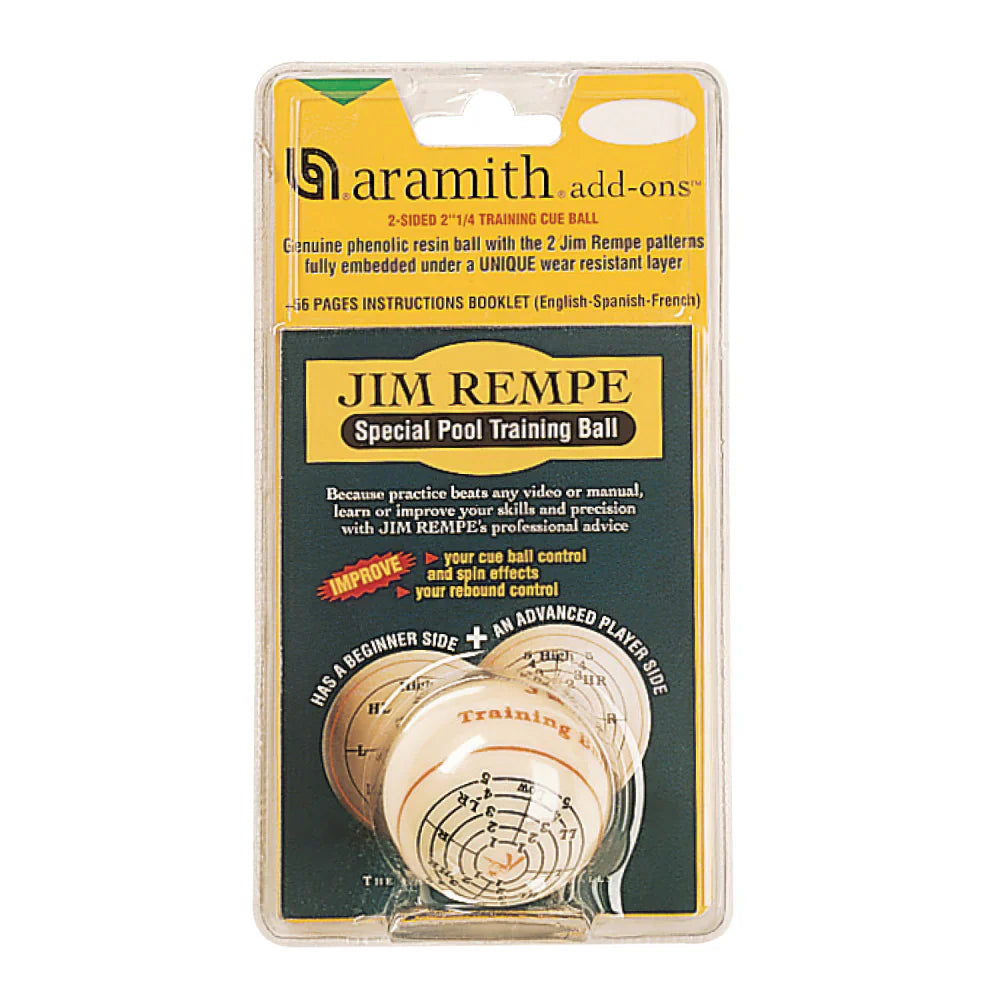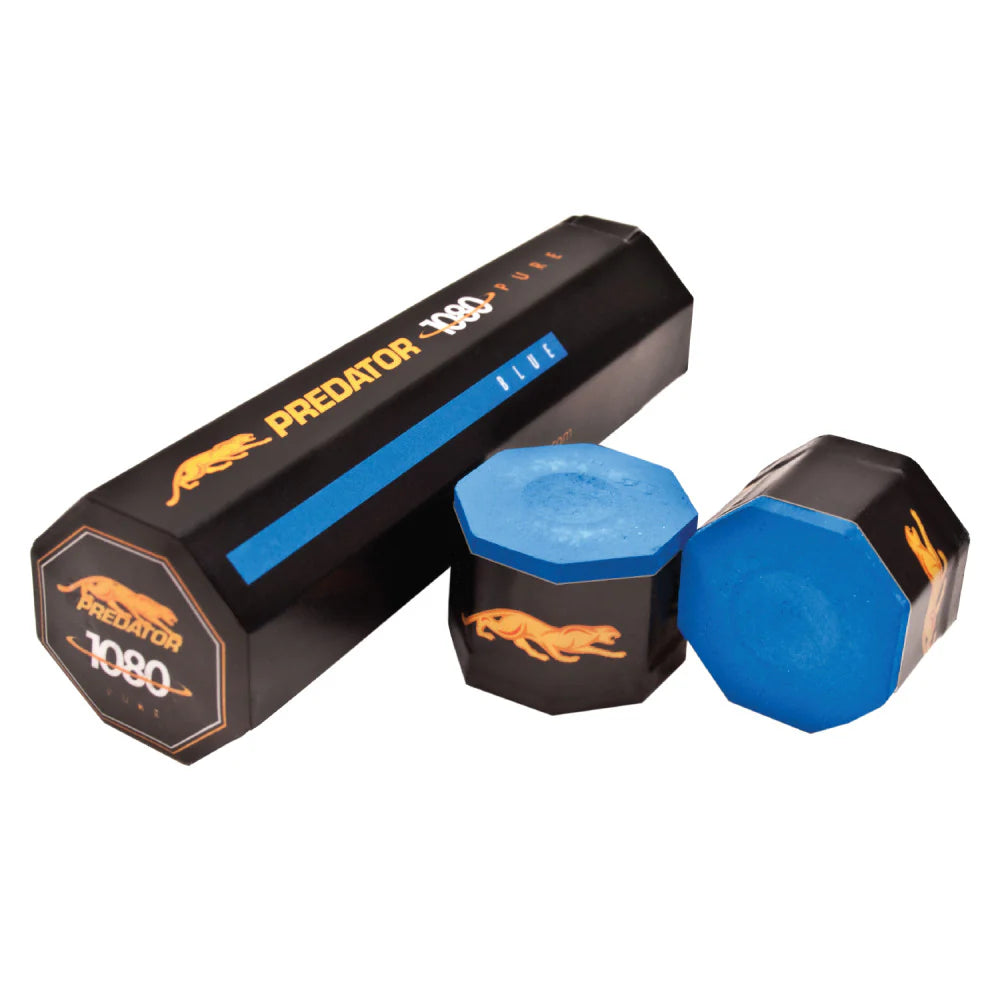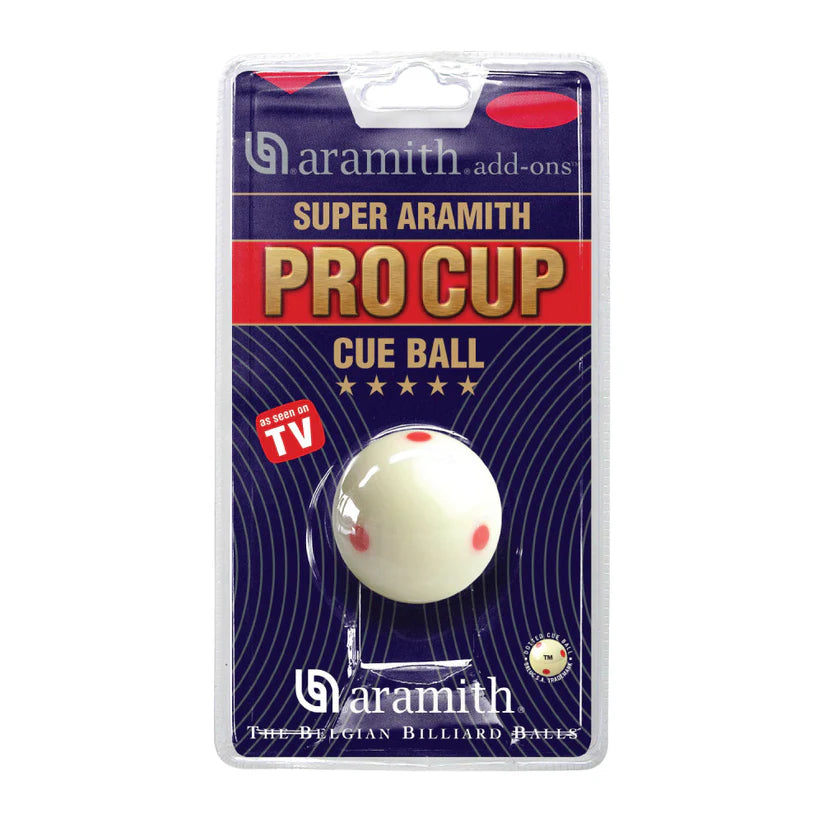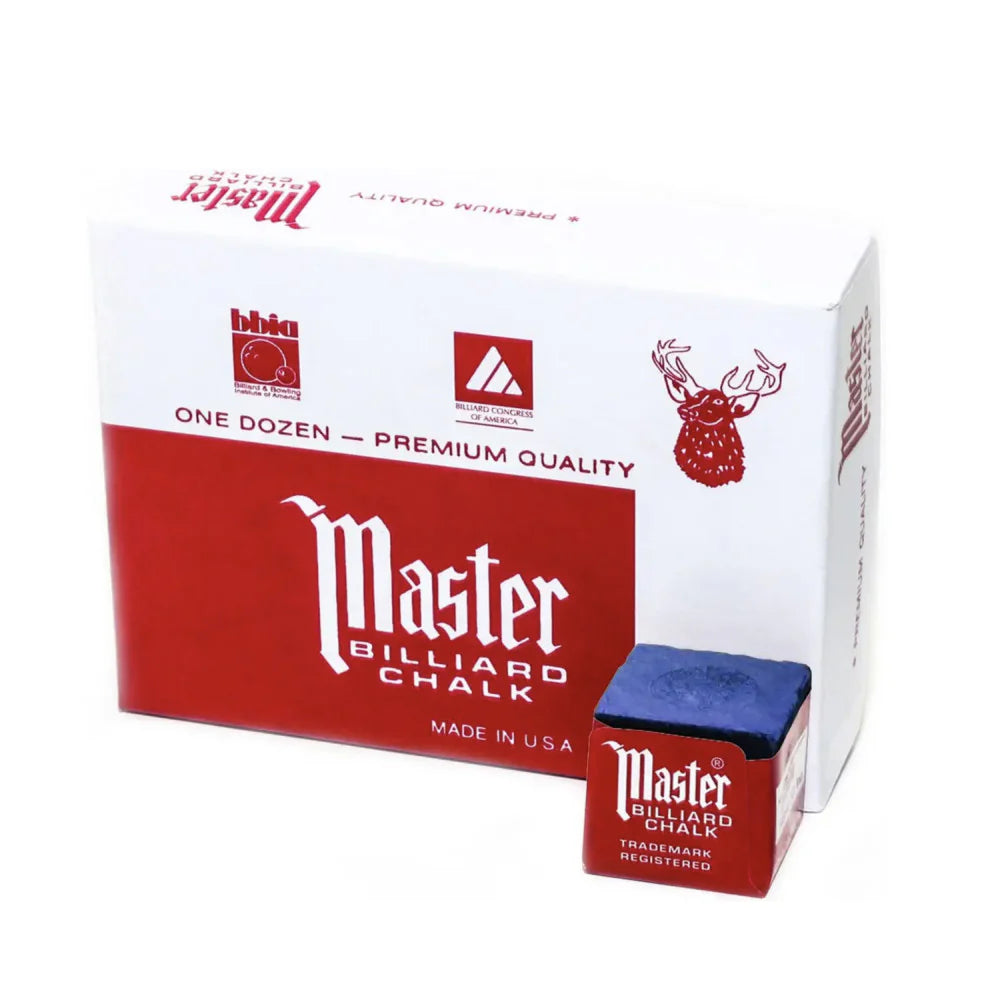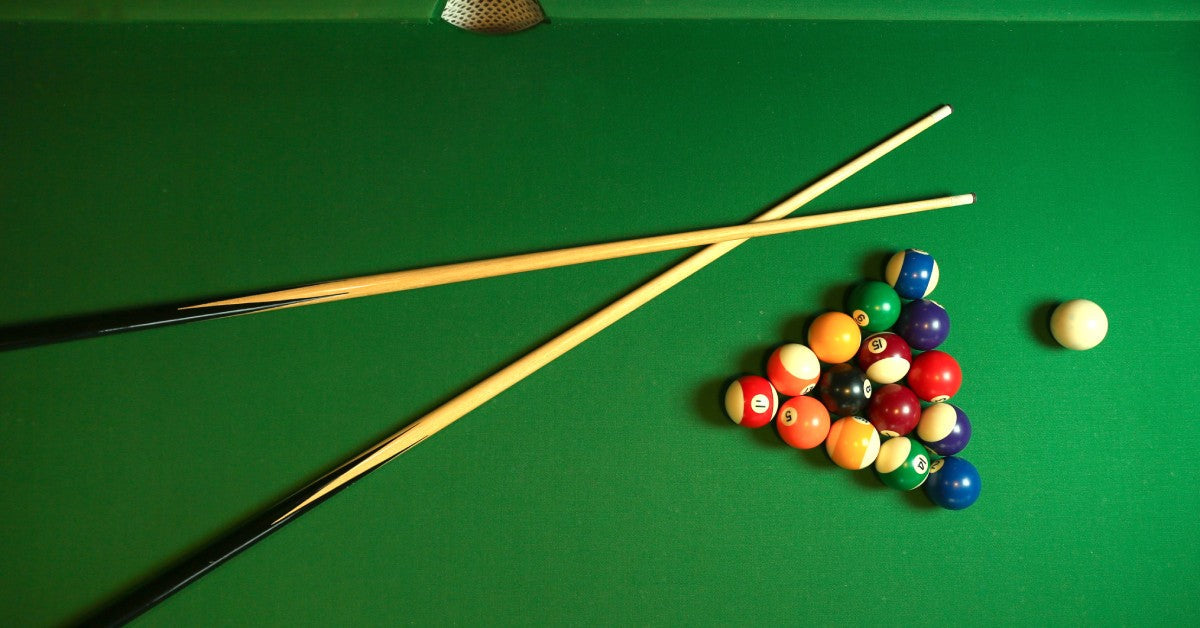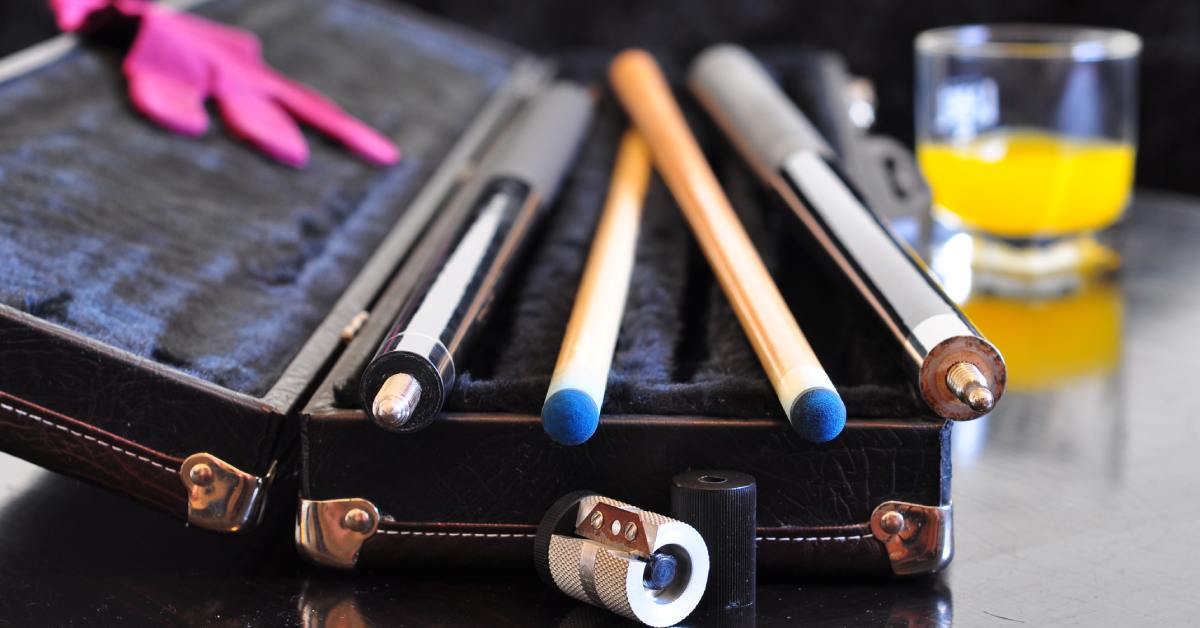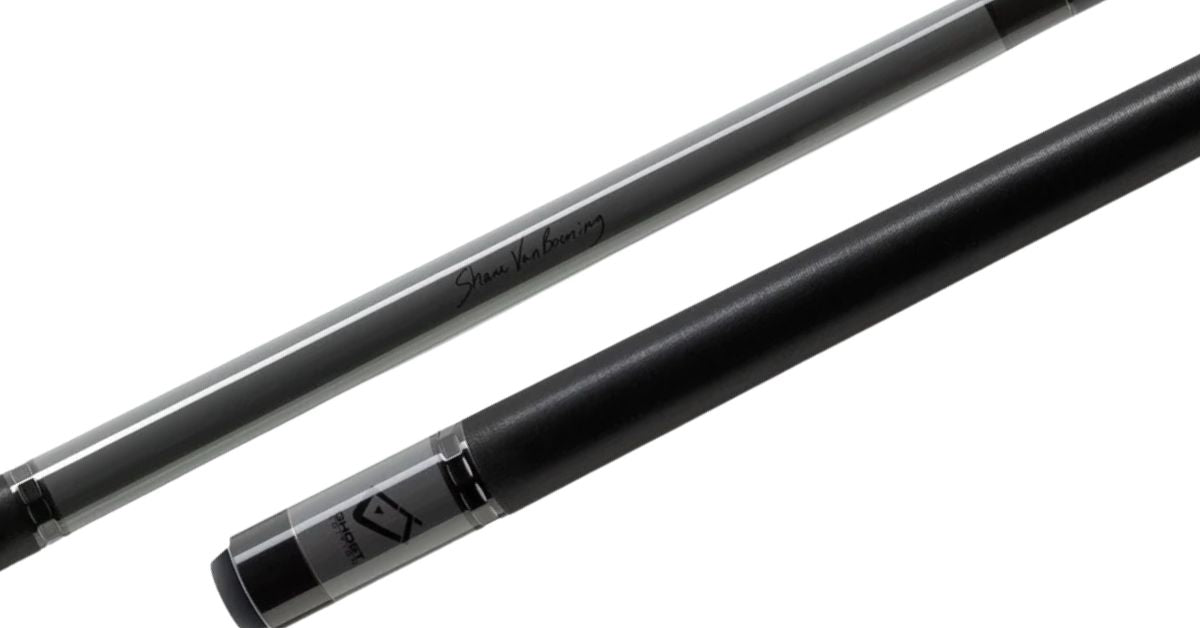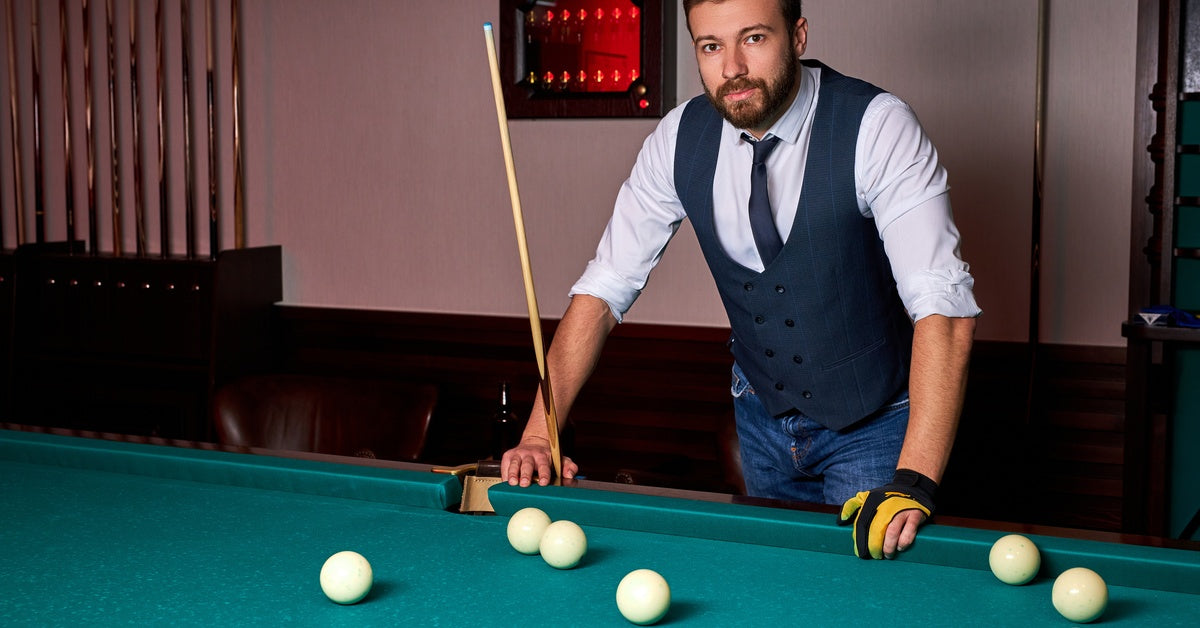To improve your pool game, you have maybe spent hours perfecting your stance, refining your shot, and analyzing your form. But how much thought do you put into your cue? Your cue is a crucial tool in your game, yet there are countless myths and misconceptions surrounding it. These can lead players astray when choosing equipment or understanding how to get the most out of their gear.
Below, we’ll break down 10 of the most common myths about pool cues and separate fact from fiction. Understanding the truth behind these myths can not only help you make better decisions as a player but also elevate your confidence at the table.
1. Expensive Cues Make You a Better Player
It’s easy to assume that investing in an expensive cue will instantly transform your abilities. After all, a high price suggests high quality, right? Not necessarily. While top-tier cues can offer advantages like better balance and more durable materials, they won’t do the hard work for you. Skills like aiming, shot power, and cue ball control all come down to practice and technique—not price tags.
Think of it like owning a sports car. Just because your vehicle can perform well doesn’t mean you automatically know how to drive it to its fullest potential. A quality cue can enhance consistency and comfort, but it’s your dedication to mastering your skills that makes the most difference.
2. Heavier Cues Provide More Power
Many players believe that heavier cues naturally result in stronger shots. While it might feel like a heavier stick adds more force, that’s not really the case. Power comes from you, not the cue’s weight. However, that doesn’t mean you should put as much force into your shot as possible. It’s more about how smoothly you accelerate the cue and follow through on the shot.
There are plenty of professional player who can deliver incredibly powerful break shots with lighter cues simply because they’ve mastered their form. While the extra weight can assist with these techniques, if the cue is too heavy, it might feel cumbersome and limit your control. That’s why you need to find the right weight for your comfort and play style.
3. The Tip Doesn’t Matter Much

Often overlooked, the tip of your cue is one of its most crucial elements. The material, shape, and condition of the tip influence your control over the cue ball. A poorly maintained or unsuitable tip can make it harder to apply spin and affect your general shot accuracy.
It’s important to know that softer tips allow for more spin but may wear out faster, while harder tips provide durability but less gripping action on the ball. By regularly maintaining or replacing your cue tip, you’ll notice a significant improvement in your gameplay.
4. Straightness Is the Only Thing That Matters
While the straightness of your cue is essential, it’s far from the only factor that defines a good one. Weight distribution, balance, and materials significantly impact how a cue feels and performs. For example, a cue with poor balance can feel awkward in your hand, making shots less precise.
Additionally, factors like shaft taper, joint construction, and even the grip material all contribute to a cue’s overall playability. Focusing only on straightness might result in overlooking cues better suited to your playing style.
5. Breaking With Your Playing Cue Is Fine
Many players use their go-to cue for every shot, including breaking. While this is certainly more convenient, it’s not ideal for the longevity of your equipment. Breaking puts a lot of stress on a cue, especially on the tip and shaft. Over time, this repeated impact can cause damage and affect performance.
That’s why break cues exist. These specialized cues are designed to withstand the power and force of break shots, protecting your primary playing cue from unnecessary wear and tear. Investing in a dedicated break cue can extend the lifespan of your primary cue and keep it in top condition.
6. Custom Cues Are Always Better
Many dedicated pool players praise custom cues for their tailor-made feel and unique designs. While these cues can provide specific advantages, they aren’t inherently better than production cues. The quality depends on the construction, materials, and design—not the customization itself.
For a casual or intermediate player, production cues from reputable brands offer excellent durability, balance, and performance. Custom cues excel when you have specific preferences or needs that mass-produced options simply don’t meet. Ultimately, custom cues are only better if you know exactly what you need out of one.
7. Fancy Designs Improve Performance
Ever been tempted by a cue with elaborate inlays, exotic woods, or eye-catching wraps? While these design features can make your cue stand out, they have zero impact on performance. They’re purely aesthetic choices meant to express your style.
However, there’s nothing wrong with preferring a visually appealing cue. While they can help you feel more confident, which could help you play better, you can achieve the same results by working on your mental game. In the end, looks don’t equate to better shot-making. Focus on factors like balance, weight, and shaft quality instead.
8. More Deflection Means Better Shots
For those still learning the game, cue deflection refers to how the cue ball shifts off-center when you apply spin. While low-deflection technology has become popular, some believe that more deflection means better performance. This isn’t at all true.
Low-deflection shafts are favored because they offer greater precision, but every player adapts differently. Some professionals excel using cues with noticeable deflection because they’ve trained to adjust their aiming. What matters most is understanding how your cue behaves and tailoring your game to it.
9. You Must Replace a Cue Frequently
Another common misconception is that players need to constantly replace their cues to stay at the top of their game. This idea is far from the truth. With proper care, a well-made cue can last for years, even decades, with little to no impact on its performance.
Regular maintenance, such as cleaning the shaft, replacing the tip as needed, and protecting your cue from extreme conditions, will help extend its lifespan. While the day will come when you’ll need to find a quality pool cue for sale to replace your old one, there’s no reason why you’ll need to do this on a regular basis.
10. All Cues Feel the Same

By far, one of the most commonly believed pool cue myths that many newer players fall for to this day is that all cues feel the same. This couldn’t be further from the truth. Cues vary widely in terms of weight, balance, shaft diameter, and even grip material. Each of these factors affects how the cue feels in your hands and how it responds during gameplay.
For example, a cue with a thicker shaft might feel more stable to some players, while others prefer the delicate maneuverability of a thinner shaft. Everyone’s preferences are different. While these kinds of distinctions might not be noticeable to a new player, with time, they’ll come to see how each pool cue feels quite different and unique. It just takes time and dedication to discover what works best for you.

